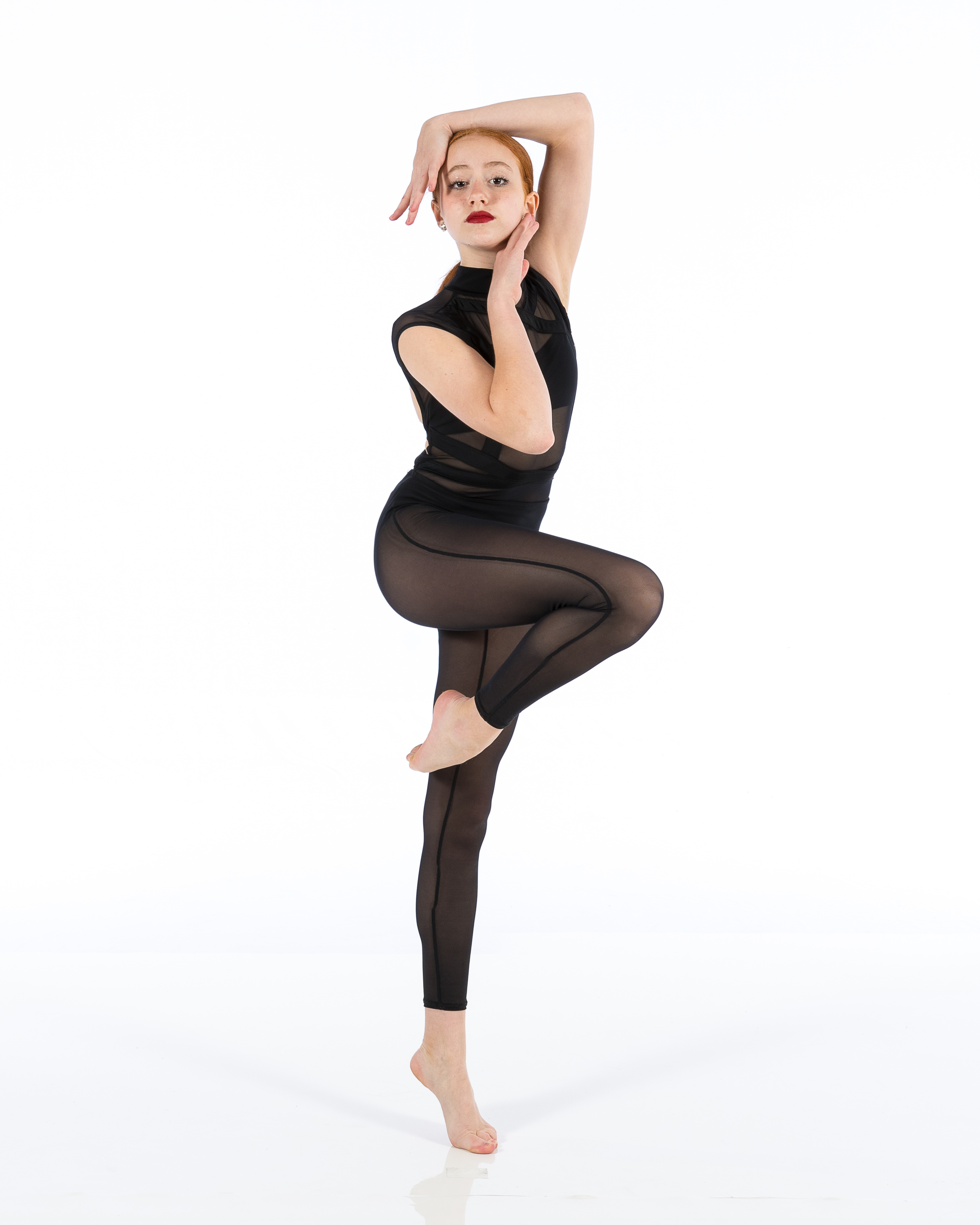Introduction
Dance, in its many forms, transcends mere movement; it's a language, an emotion, a culture. For countless individuals, the dance studio is more than just a place to learn choreography or perfect technique—it's a sanctuary where bonds are forged and communities are built. In this article, we will explore the intricate tapestry of how community shapes dance culture, examining the profound connections that emerge within studios and beyond. From fostering creativity to creating lifelong friendships, we will delve into the various dimensions of community in dance.
What Is Dance Culture?
Defining Dance Culture
Dance culture encompasses the social practices, values, and traditions associated with dance. It includes everything from styles and techniques to attitudes and beliefs about dance. At its core, it's about how people engage with movement as a form of expression and connection.
The Role of Community in Dance Culture
So, how does community fit into this picture? Well, community acts as the backbone of dance culture. It provides dancers with support, encouragement, and a shared sense of identity. When dancers come together in studios or at performances, they create an environment ripe for collaboration and inspiration.
Building Bonds: How Community Shapes Dance Culture
Shared Experiences in Dance Studios
In every dance studio across the globe, dancers share unique experiences that help shape their understanding of movement and artistry. Whether it’s through rigorous training sessions or informal gatherings after class, these interactions foster deep connections among participants.
Creating Spaces for Connection
Dance studios often serve as communal spaces where individuals can express themselves freely. The atmosphere is typically welcoming; it invites everyone—from novices to seasoned professionals—to participate without fear of judgment.
Diversity in Dance Communities
Embracing Different Styles and Backgrounds
One of the most beautiful aspects of dance culture is its diversity. Communities often encompass various dance styles—ballet, hip-hop, contemporary—and welcome individuals from all backgrounds. This variety enriches the overall experience and encourages dancers to learn from one another.
Cross-Cultural Influences on Dance
With globalization comes cross-cultural influences that inspire new forms of expression within dance communities. For instance, hip-hop has roots in African American culture but has been embraced worldwide through community gatherings like street dances or competitions.
The Impact of Social Media on Dance Communities
Connecting Dancers Globally
Social media platforms have revolutionized how dancers connect with each other. Through platforms like Instagram and TikTok, dancers can share their work widely—encouraging participation from diverse groups around the world.
Building Online Communities
Online communities provide spaces for feedback and collaboration beyond physical locations. They allow dancers to form bonds even when they’re miles apart—creating an expansive network where ideas flourish.
Mentorship in Dance Communities
The Importance of Mentors in Dance Studios
Mentorship plays a vital role in shaping individual dancer's journeys within their communities. Experienced dancers often take newcomers under their wings to guide them through challenges while building confidence along the way.
Fostering Growth Through Guidance
By sharing knowledge and expertise passed down through generations—the mentor-mentee relationship helps maintain traditions while encouraging innovation within dance culture.
Collaboration Over Competition
Fostering Team Spirit Among Dancers
In ballet dance many cases competition can be healthy; however it’s crucial that communities emphasize collaboration instead—encouraging participants to lift one another up rather than tear each other down!
Creating Collaborative Projects
Projects such as group performances or showcases bring dancers together—allowing them to pool their talents while strengthening relationships among peers through shared goals!
Emotional Support Within Dance Communities
Dance as Therapy
Many find solace within their respective communities during difficult times! Group classes often become safe havens where members lean on one another emotionally alongside developing physical skills!
Celebrating Milestones Together
Whether celebrating birthdays or achievements—community members often cheer each other on! These moments solidify relationships further whilst contributing positively towards mental well-being!
Dancing Through Adversity
Resilience Found Within Community Support
Communities rally around individuals facing adversity by offering encouragement & resources! This solidarity fosters resilience among members allowing them not only survive tough times but thrive too!

Collective Healing Through Movement
Dance serves as an outlet for collective healing during challenging periods! Engaging together creates bonds that help alleviate stress while promoting unity amongst participants involved!
The Future of Community-Driven Dance Culture
A Shift Towards Inclusivity
As awareness grows around inclusivity—future generations will likely benefit from more diverse representation across various styles & cultures enhancing richness within our existing frameworks!
Sustainability Efforts within Studios
As awareness about environmental issues increases—we may see studios adopting sustainable practices ensuring our love for dancing continues without harming mother Earth!
Frequently Asked Questions (FAQs)
What is the importance of community in dance?
Community fosters a supportive environment where dancers can grow creatively while building friendships that last well beyond the studio walls.
How can I get involved with my local dance community?
Attend classes at your local dance studio or participate in events such as workshops or showcases to meet fellow enthusiasts.
Why are mentorships important in dance?
Mentorships provide guidance and support from experienced dancers who can help nurture talent while fostering confidence among newcomers.
How does social media influence dance culture?
Social media connects dancers globally allowing them to share their work widely while forming online communities that inspire creativity.
What role does emotional support play in dancing?
Emotional support creates a safe space for individuals facing challenges—it helps build resilience among community members who uplift one another during tough times.
li6/ol1/hr11hr11/hr12hr12/##